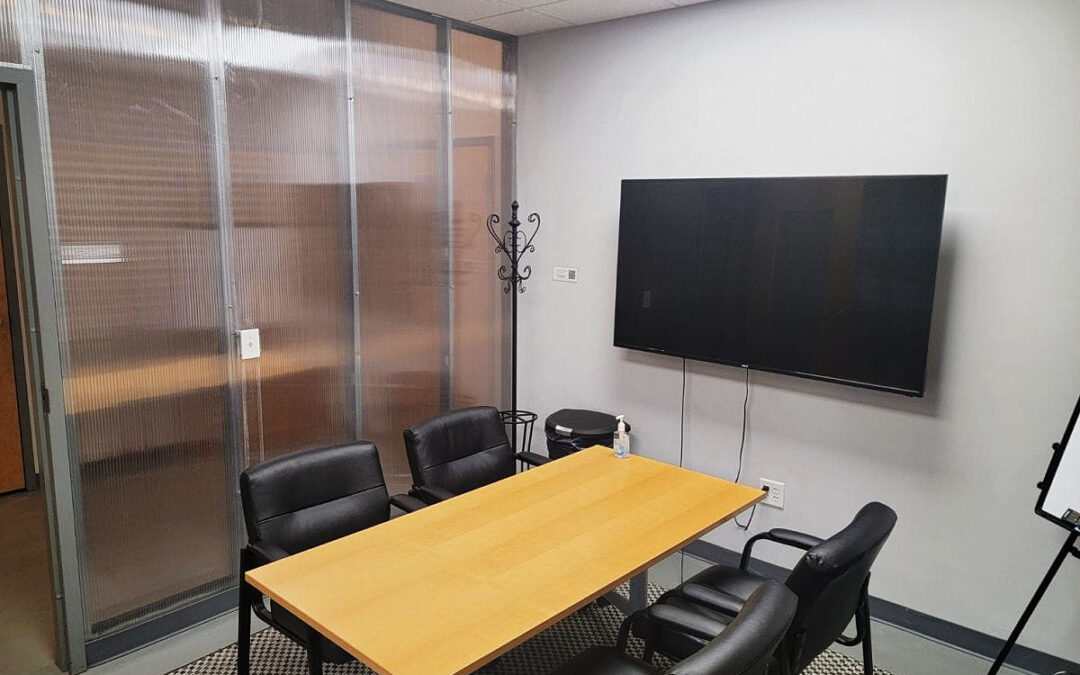As the way we work continues to evolve, businesses around the globe are embracing a new era of flexibility—one where physical office boundaries blur, and digital infrastructure becomes foundational to growth. Virtual offices and flexible workspaces are no longer fringe conveniences; they’re fast becoming core components of modern business strategy.
Three powerful data points illustrate just how rapidly this shift is taking place and the massive opportunities that lie ahead.
1. Virtual Office Market to Hit $137.6 Billion by 2029
The virtual office industry is on a steep upward trajectory. Valued at $47.2 billion in 2022, it’s projected to soar to $137.64 billion by 2029, reflecting a compound annual growth rate (CAGR) of 16.52%.
Source: OpenPR
What’s driving this surge? Startups, solopreneurs, and even large corporations are embracing virtual offices to cut real estate costs, boost scalability, and support distributed teams. These solutions offer more than just a business address—they often include mail handling, receptionist services, and access to meeting rooms on demand, enabling a professional presence without the high overhead.
2. 79% of U.S. Remote-Capable Employees Work Hybrid or Fully Remote
A massive shift in work habits is fueling demand for virtual infrastructure. According to Gallup, as of 2023, 52% of U.S. remote-capable employees work in a hybrid setup, while 27% work entirely remotely. That’s a combined 79% not tethered to a traditional office full-time.
Source: Gallup
This hybrid revolution reflects a deep cultural shift—employees now expect flexibility, and employers are responding. With fewer people in the office on any given day, companies are rethinking their workspace strategies to optimize both cost and collaboration.
3. Flexible Office Market Forecasted to Reach $136.46 Billion by 2032
Not only is virtual work on the rise, but physical workspaces are transforming too. The global flexible office market, which includes coworking spaces and serviced offices, is expected to jump from $45.24 billion in 2025 to $136.46 billion by 2032, boasting a CAGR of 17.08%.
Source: Fortune Business Insights
Flexible offices provide agility in uncertain economic times. They let companies scale up or down with ease, test new markets without long-term commitments, and offer employees inspiring spaces that foster creativity and collaboration.
What This Means for Entrepreneurs and Investors
The convergence of these trends creates fertile ground for innovation and investment:
-
Startups can establish a global footprint instantly via virtual offices.
-
Real estate developers and landlords can repurpose traditional office spaces into flexible hubs.
-
Tech providers can create tools that enhance hybrid workflows, from virtual conferencing to desk booking.
-
Investors can tap into a rapidly growing sector with long-term momentum.
Final Thoughts
Work is no longer a place—it’s an ecosystem. The extraordinary growth of virtual offices and flexible workspaces signals not just a trend, but a fundamental reshaping of how, where, and why we work. For businesses willing to adapt, the future isn’t just flexible—it’s full of potential.

